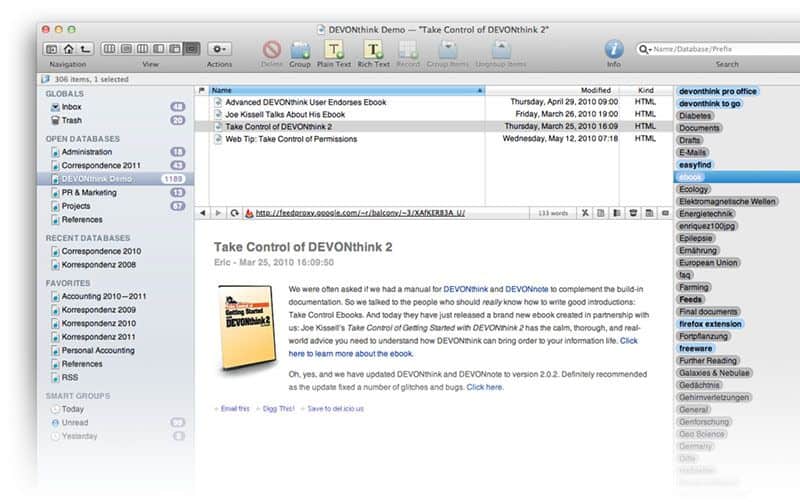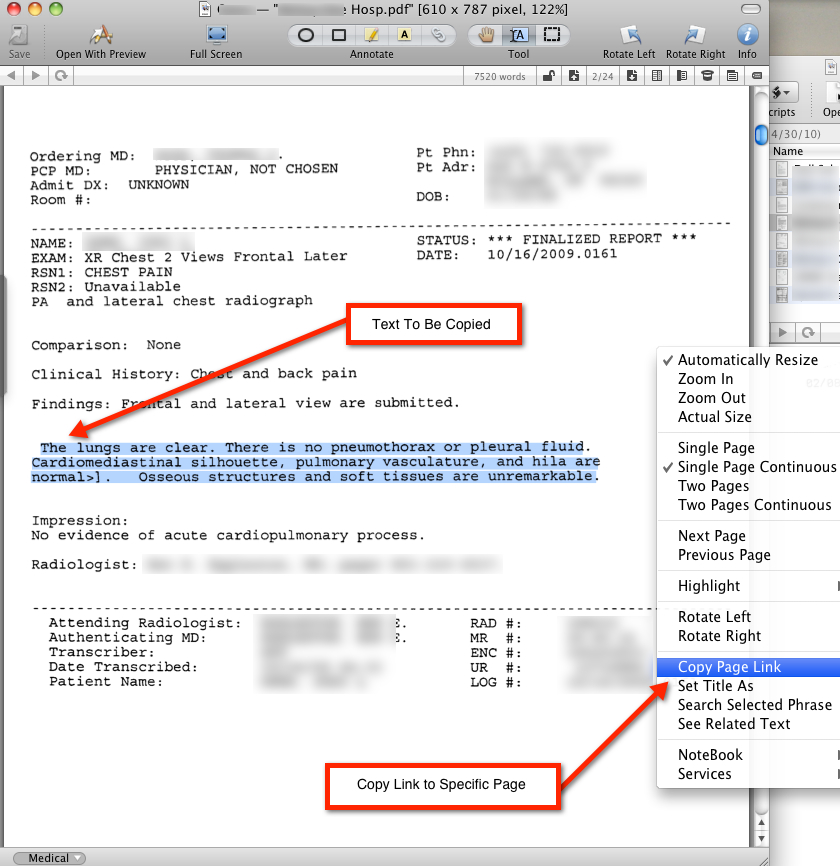

In addition, after highlighting, I’ve been extracting the entire manuscripts in 1-4 paragraph pieces.The whole purpose of extracting annotations and full text from each manuscript is to gain granular access to the information I’ve read. I now use the combination of Bookends and Highlights.app to extract each of my annotations and notes as separate files. I am now finding the majority of information through qxMD Read.My workflow for extraction of annotations differs a bit from when I was using Papers. Despite this change, my method of information gathering has changed little since I covered the topic, except for one major addition. Only the search criteria-this returns ALL information in the database (including abstracts, PDFs, and extracted text as described in this entry).īookends has completely replaced Papers.app as my citation manager. Using Smart Searches, The abstracts are automatically sorted into folders.For most topics I have two Smart Searches:Īs shown below that includes the search criteria AND searching for the tag “Abstracts Inbox” we talked about earlier-this finds only abstracts relevant to the search, Now that the information is in DTP I am able to take full advantage of its search functionality and artificial intelligence.I make extensive use of Smart Searches in DTP. Finally, there is a field for me to add my own comments to the new DTP file.Once the abstracts are imported into DTP, I make sure to index the folder so the new information is included in search. The template also includes a link back to the publication in Bookends. DTP grabs all the highlighted abstracts from Bookends.The imported information includes Author, Title, Year, Abstract, and Keywords. I highlight all the new manuscripts in Bookends.I then move over to DTP and select the Data:New From Template: Education: Reference (from Bookends) menu item. I like reverse chronological order so I can see the last date I imported abstracts. As you can see below, a sub-folders of zz-Inputs is an “Abstracts Inbox.” When I set up this folder in DTP, I made sure the folder WAS NOT excluded from tagging (this is done by option-clicking on the folder and making sure “exclude from tagging is UNCHECKED).When it’s time to transfer abstracts from Bookends, I first click to select the Abstracts Inbox folder in DTP.I then open up Bookends and sort the fields by the “Added” Column. In DTP, I’ve organized these folders into a “zz-Inputs Folder”. Once imported into DTP, these abstracts can be parsed using smart folders (enduring searches) that make your literature library a dynamic resource for writing.I have a single DTP database that has indexed the various folders critical in my writing process (e.g. I’ve made heavy use of a particular built-in Devonthink Template that automates the migration of abstracts from Bookends to DTP (with a link back to Bookends). Although Tinderbox is great for visually organizing your notes, it can’t compare to the search capabilities of DevonThink Pro.Since switching to Bookends, I’ve found myself spending less time in Tinderbox and even more time in Devonthink. My old workflow required Keyboard Maestro to extract abstract information to Tinderbox. I wrote about Sense-making of the Academic Literature back when I was using Papers. There, I open the file with Adobe Acrobat (any app able to add headers and split documents will work).

#HOW TO USE DEVONTHINK PRO OOFFICE PDF#
I then move the extracted markdown files to the HighlightsX sub-folder.Within Bookends, I export the annotated pdf to my desktop. Within the moved folder I make two new sub-folders: 1.

I move the folder from the DTP Inbox to my Desktop. By default, Highlights.app saves my extracted highlights files to the DTP Inbox. Here is what I’ve been doing.Īfter highlighting a manuscript in Highlights.app, I extract my highlights (along with color tags) to Devonthink Pro using the built in export function. Instead, I’ve been experimenting with an alternative that is much quicker (as suggested by Andrew in the comments of the entry)-saving the entire manuscript as single-page PDF documents. Although I’ve continued my extraction of highlights, the extraction of full text (by highlighting the entire document) proved much too time consuming. In Reading, Extracting And Storing Scholarly Information To Supercharge The Writing Process, I wrote about how I extracted both highlights and full-text of entire manuscripts in order to give me granular access to information.


 0 kommentar(er)
0 kommentar(er)
